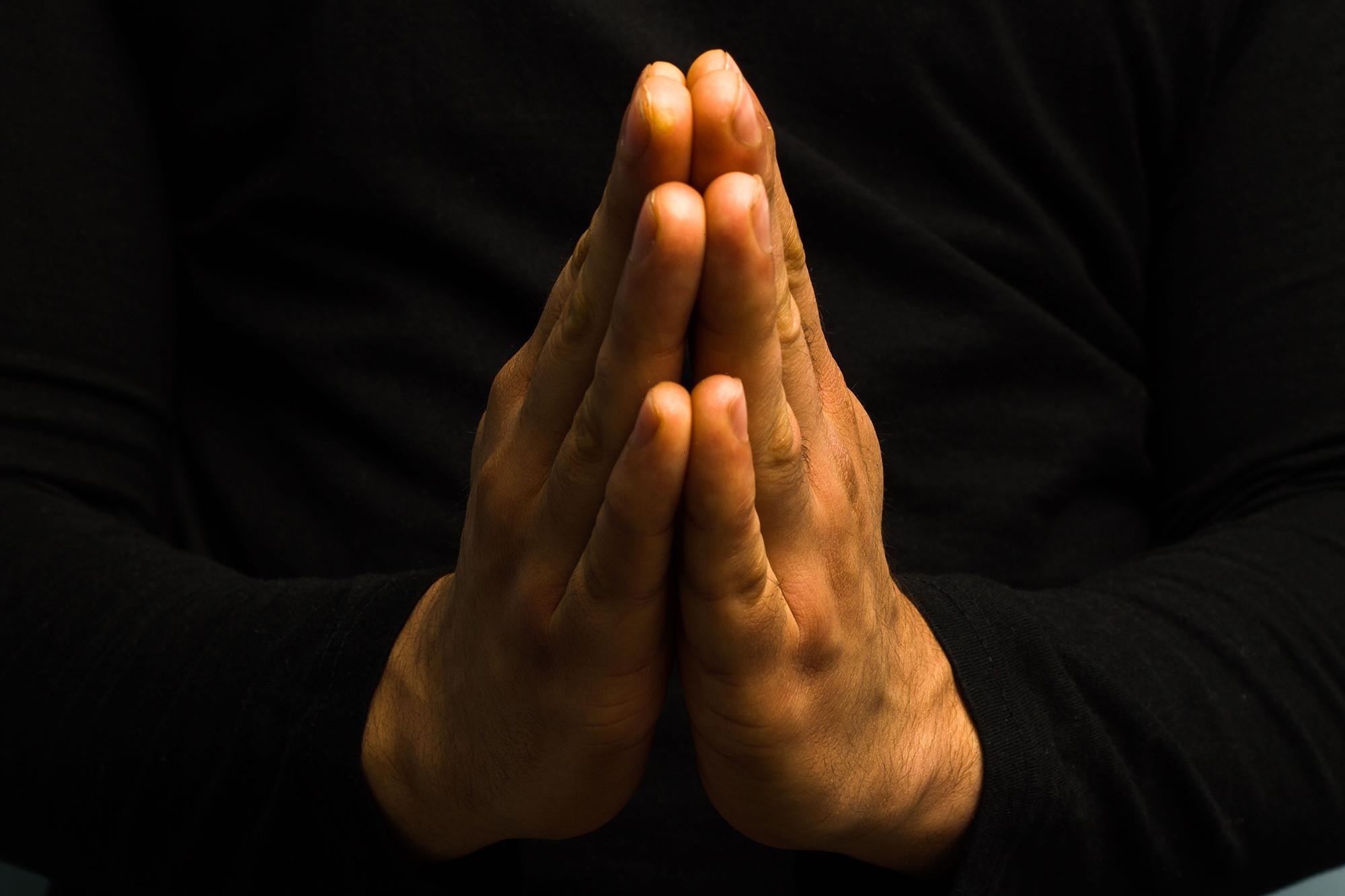Written by Chloe Burcham
Ever wondered what’s causing those small white bumps are around your eye area? It could be milia and your moisturiser might be to blame…
Have you ever noticed a build-up of little white bumps around your eyes or cheeks? While they can look similar to whiteheads, they’re not actually spots at all. Those tiny clusters of bumps are called milia — and they’re a lot more common than you might think.
Here, we explain what causes milia, plus the treatments and how to prevent milia in the first place.
What is milia?
Milia is a skincare issue that is far more common than people may realise. Milia often appears as little raised white dots that appear around people’s eyes and eyelids, and sometimes appear around the nose, cheeks or other areas of the body. They can develop on any skin type and from any age, while milia is often associated with new-born babies but it can actually occur in all ethnicities and ages.
Milia occur when dead skin cells become trapped beneath the skin’s surface and create small hard white groups of cysts.
How can you prevent milia?
“If you keep getting milia under your eyes, consider changing your skincare routine,” saysDr.Tinna Meder, dermatologist and founder of Meder Beauty Science. Rich moisturisers and eye creams can clog the skin, resulting in blocked follicles and milia forming.
“Ensure you are regularly cleaning, exfoliating and moisturising the skin. Under eye night serums can also help to prevent milia. As we age, our body naturally loses some of its ability to exfoliate away dry skin cells.”
Consultant dermatologist Catherine Borysiewicz suggests avoiding extra rich moisturisers and using gentle exfoliation products such as lactic acid. “Lactic acid is a larger molecule so it doesn’t penetrate the skin as deep, meaning it can be less irritating. Retinol can also help as it reduces oil production and increases skin cell turnover.”
How to treat milia
One thing that all skin experts agree with is that you should not pick milia. Trying to remove milia yourself can cause the bumps to bleed, scab and scar. Milia often goes away on its own within a few months, however there are professional treatments that may help:
•Cryotherapy uses liquid nitrogen to freeze the milia. It’s the most frequently used removal method for milia.
•Deroofing is a treatment which sees a sterile needle pick out the contents of the cyst.
•Chemical peels can help exfoliate the first layer of skin away, unearthing a new layer of skin to come through.
•Laser ablation uses a small laser to focus on the affected areas and remove the cysts.
Dr Meder’s tips for treating milia at home
•Cleanse the area with a gentle paraben-free soap
•Gently exfoliate your skin to keep the keratin in your skin from overproducing. Look for exfoliating cleansers that contain salicylic acid, lactic acid, or glycolic acid.
•Chemical exfoliants containing AHAs and BHAs, including glycolic and salicylic acid, provide accelerated, chemical exfoliation without the need to aggressively scrub your skin.
•Add a retinol into your night-time routine. Retinols are brilliant at kick-starting cell turnover, and less layers of dead skin results in fewer obstructions, fewer white bumps and a more even, flawless skin texture.
•Avoid sun exposure – especially if you’re using retinols and exfoliating acids. Increased sun damage and milia go hand in hand. Ensuring SPF is incorporated into your skincare routine, even through winter is a must. If you’re using peels or exfoliators containing acids, as they can make your skin ultra-sensitive to UV rays.
The best products for treating milia
Cerave SA Smoothing Cleanser with Salicylic Acid
Cerave SA Smoothing Cleanser with Salicylic Acid Developed with dermatologists, this iconic gel cleanser gently exfoliates the skin with salicylic acid, nixing rough & bumpy skin.
Shop Cerave SA Smoothing Cleanser with Salicylic Acid at Boots, £9
Buy now
Bioderma Sebium Purifying Cleansing Foaming Gel
Bioderma Sebium Purifying Cleansing Foaming Gel This gentle face wash is enriched with lactic acid to help remove impurities and dissolve the top layer of dead skin cells to encourage renewal of new cells.
Buy Bioderma Sebium Purifying Cleansing Foaming Gel at Lookfantastic, £10.80
Buy now
StriVectin Daily Reveal Exfoliating Pads
StriVectin Daily Reveal Exfoliating Pads With a blend of AHAs, BHAs, PHAs and tranexamic acid, these daily pads help to gently exfoliate skin effectively helping to minimise milia.
Shop StriVectin Daily Reveal Exfoliating Pads at Lookfantastic, £32.35
Buy now
Institut Esthederm Intensive Retinol Serum
Institut Esthederm Intensive Retinol Serum This potent retinol works to improve skin texture and pigmentation, helping to regenerate skin for smooth and fresh texture.
Shop Institut Esthederm Intensive Retinol Serum at Feelunique, £45.65
Buy now
The Inkey List Retinol Eye Cream
The Inkey List Retinol Eye Cream Formulated specifically for the delicate eye area, this lightweight cream is infused with retinol to enhance collagen production for a smooth, bright and plump eye area.
Shop The Inkey List Retinol Eye Cream at Cult Beauty, £9.99
Buy now
Heliocare 360° Oil Free Gel
Heliocare 360° Oil Free Gel It can be tempting to skip SPF when your skin is breaking out but derms swear by this non-comedogenic sunscreen that protects skin without further clogging pores.
Shop Heliocare 360° Oil Free Gel at Heliocare, £31
Buy now
Main image: Getty
Source: Read Full Article


